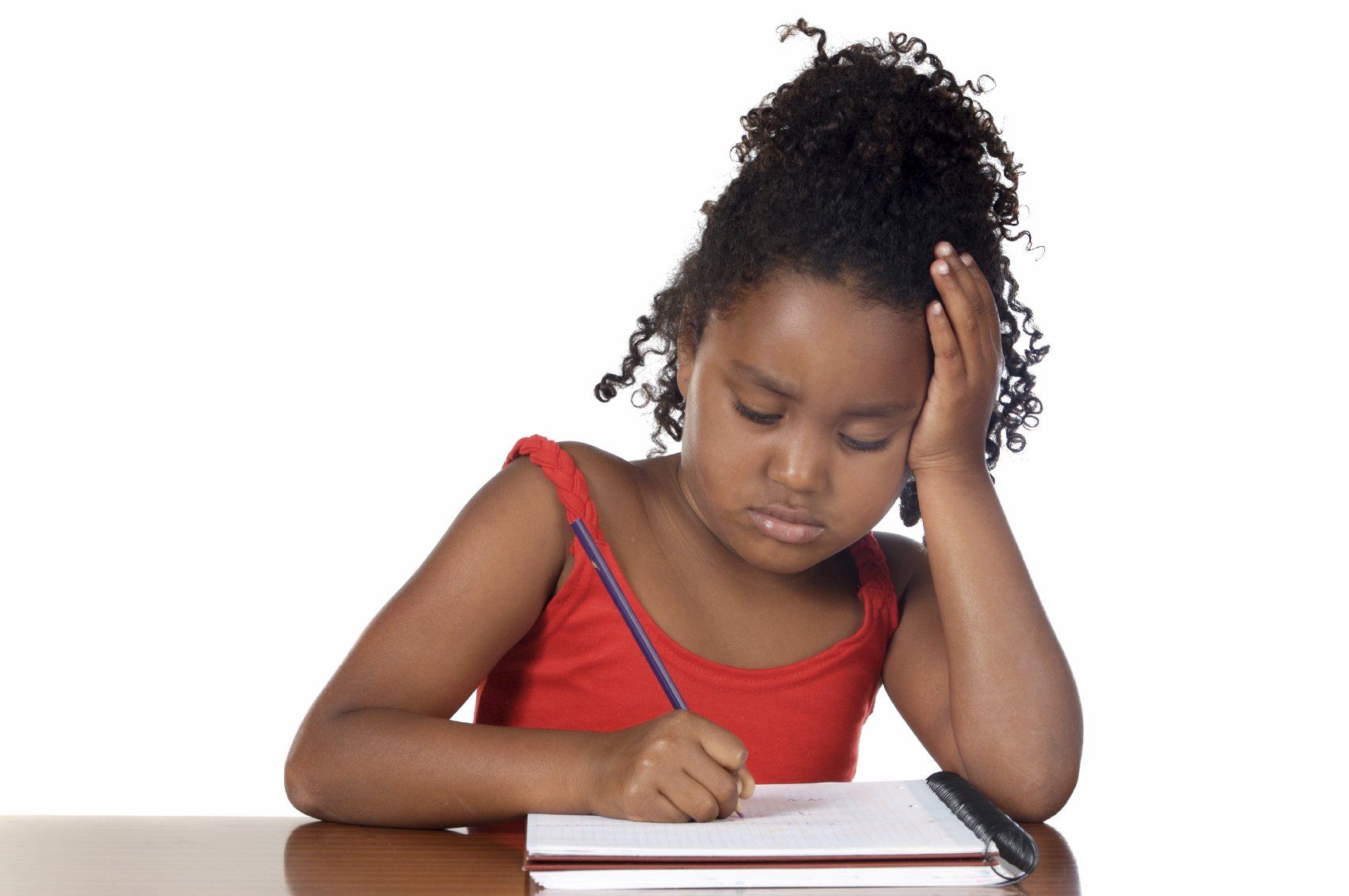Increase in Anxiety & Depression Within Teens Post Pandemic
The coronavirus [coron avirus disease 2019 (COVID-19)] pandemic has introduced extraordinary life changes and stress, particularly in adolescents and young adults.


Citing
Hawes, M. T., Szenczy, A. K., Klein, D. N., Hajcak, G., & Nelson, B. D. (2021). Increases in
depression and anxiety symptoms in adolescents and young adults during the COVID-19
pandemic. Psychological medicine, 1–9. Advance online publication.
https://doi.org/10.1017/S0033291720005358
Treatment and Interventions
Cognitive behavioral therapy (CBT). In CBT, individuals learn how to recognize, explore and change relationships between negative thinking, behavior and depressed mood. Mindfulness interventions. Mindfulness is defined as “paying attention in a particular way: on purpose, in the present moment, non-judgmentally.” Interventions targeting mindfulness vary, but most incorporate a training period of guided meditation techniques focusing on mindful attention and awareness of breath, body, or mind and followed by independent practice. Mindfulness interventions are often included with other components, such as yoga, cognitive behavioral strategies, or relaxation skills training.
Parents have an important and essential role in helping children deal with anxiety disorders. One of the vital ways that parents can be instrumental in reducing a child’s anxiety is by not inadvertently reinforcing it. Children’s natural response to anxiety is to rely on parents for help and that is a normal way that human beings respond to fear or anxiety when they are young.
However, a child with an anxiety disorder experiences anxiety even when the situations or circumstances don’t warrant that heightened response. And what that happens the parent responds to the child’s distress through accommodation. What that means is that to help the child, the parent responds differently to the situation than they normally would.
The goal is to be supportive rather than accommodating says. It’s so important that we get that message out to parents. If you allow a socially anxious child to stay home from school or excuse them from family activities, you’re enabling avoidance, and doing so actually reinforces the anxiety.
What being supportive means is that you don’t accommodate the anxiety. Instead, you help the child take small steps toward facing the fear. It’s important to listen to the child and validate that you understand that they may be feeling uncomfortable or fearful but you have faith in their ability to tolerate the discomfort. Equally important is to be honest with the child in an age-appropriate way and without overwhelming them with too much information.
Additional Resources:
https://www.psycom.net/kids-and-divorce
https://www.psycom.net/sleep-and-mental-health
https://www.psycom.net/anxiety?vhid=6287b3949e35a99789090131&ic=psycomrelatedcontent
&utm_medium=germane&utm_campaign=germane_\627ef88fe74def0e735e7b86_\10791
https://www.psycom.net/coping-with-stress-while-caring-for-a-child-with-autism/